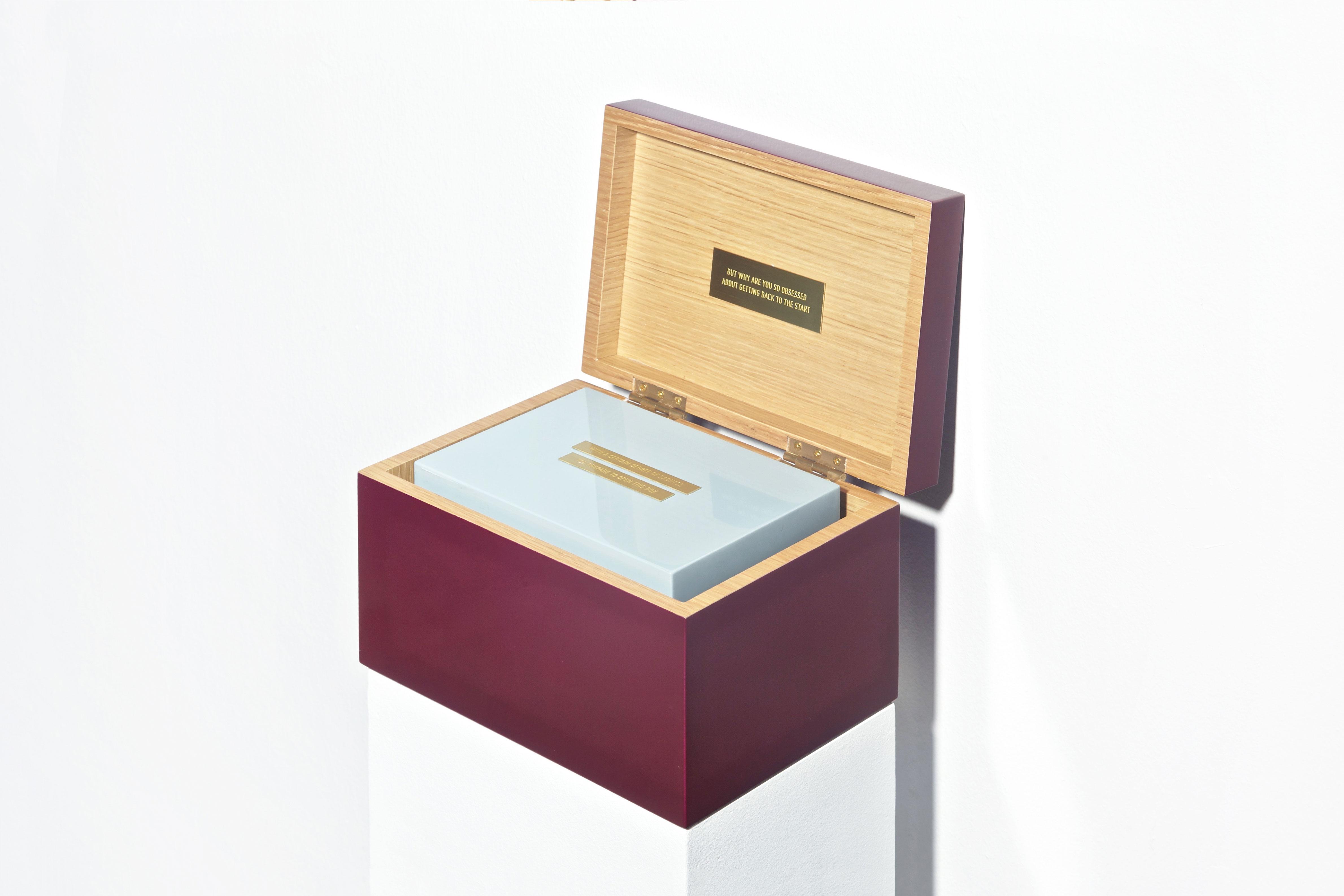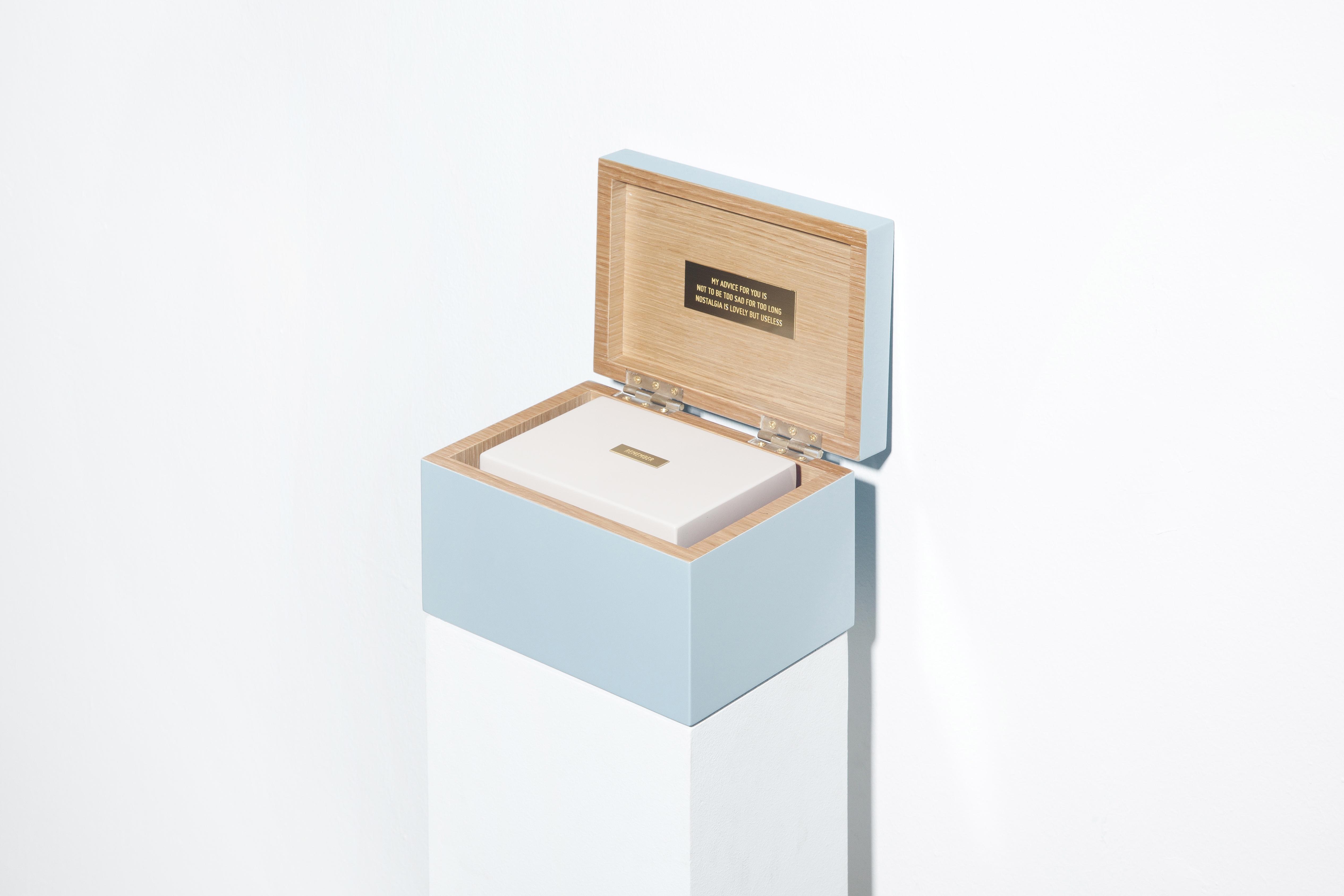29 May 2013
Sixteen, Curator Essay

Author: Khairrudin Hori
In one of the prevailing movements in the contemporary art of Japan today, artists try to update the banal and outmoded. Known as Micropop, a term coined by Japanese critic Midori Matsui, its artists often disregard theories and ideologies, revisit long forgotten objects, makes it personal, and reinterprets it with ‘an accumulation of moments’ and ‘taps into the unconscious’.[1] Their primary concern is ‘the immediate in life’, something almost exclusively personal.
When we speak of the ‘immediate’, we are also always reminded of the place and role for the artist within the social and moral conscience of society. As we already know, art cannot always exist for art’s sake and art does not only communicate to a niche audience. Sixteen, a new installation by Dawn Ng echoes that of the Micropop, reintroduces us to humble trunks of old, reunites us with innocence and reminds us to continue the search for purpose and meaning.
As with her earlier pieces such as Walter (2010), Thirty One Kinds of Wonderful (2011) and Everything You Ever Wanted Is Right Here (2012), Sixteen continues to engage and expose the obvious that has been obscured by our own lack of faith and sight. Where the opinion, presence and voice of the ‘maker’ were evidently felt in the earlier works, here, Dawn successfully silences her personal marks, allowing viewers to voluntarily follow a set of persuasive instructions through each of the sixteen boxes (which like me, I am sure you would), forgetting the existence of the artist and the art. We become engulfed in a playful exercise of self-reflection and discovery. Going through the work, one might anticipate the coming of a surprise or shock. In the end, we feel as if we have been transformed into an overly anxious Narcissus, gazing at our own beautiful reflection in the water.
This experience is not unlike how one gets pleasure from Russian Matryoshka dolls or Chinese boxes, whose basic principle is the placement and unveiling of objects within similar objects where Sixteen is inspired from; and if viewed beyond the obvious, they are all able to teach us lessons in self reflexivity and introspection.
[1] Deliberately insignificant gestures: In ‘Micropop,’ Midori Matsui goes deep,
http://www.aptglobal.org/Pages/Article/1220, accessed 21 Apr 2013
FURTHER READING


